Recording birds
On the day of the survey, you will need to take with you:
- Field Recording Sheets (and a clipboard if you prefer)
- Your route map
- Binoculars
- A pen
- A way of telling the time
You are now ready to start surveying!
Record all birds you see or hear (with the exceptions shown below) as you walk along your route at a slow, methodical pace. You can pause to scan for birds, but should not stop for long periods. Try to keep to the same timings as previous visits, but as a rough guide, each 1-km transect should take around 45 minutes.
Record birds in the appropriate 200-m transect section (1 – 10), as shown on your route map. Each transect section is a separate box on the Field Recording Sheet. Please use the standard two-letter BTO species codes, shown on the back of the Field Recording Sheets. Don’t forget to note the date, and the start and finish times for each transect.
Experienced observers may wish to use the
Short Field Recording Sheet
Which birds to record?
Record all birds to the sides of your transect line, even if they are outside the square boundary. Don’t record birds that are behind you as you start a transect, or beyond the end of the transect as you finish.
Don’t record the same bird twice, e.g. a Mistle Thrush heard singing from several sections. If a bird is at the boundary of two transect sections, record it in one or the other, but not both.
There is no need to record the activity or sex of the birds (unless participating in optional recording of detection type).
Record all free-flying birds, including feral and escaped species.
Birds that can be positively identified as juveniles (birds of the current year) should NOT be counted. In mixed flocks of adults and juveniles (e.g. Starlings, tits), give your best estimate of how many adults were present.
Distance bands
Please record birds in one of the following distance bands, according to where they are first noted:
| 1. | Within 25 metres either side of the transect line. |
| 2. | Between 25 and 100 metres either side of the line. |
| 3. | More than 100 metres either side of the line, including birds outside the 1-km square boundary |
| F | Birds in flight only, at any distance. Record by marking the species code with an arrow |
Distances are measured at right angles to the transect line. A bird seen 200 metres ahead of you but within 25 metres of the transect line should be recorded in distance band 1, in the appropriate transect section.
Skylarks in display flight and hovering Kestrels should be recorded in the relevant distance band. Aerial-feeding Swifts, Swallows and martins should be recorded as in flight, unless they are seen to land (including entering a nest site) when they should be noted in the appropriate distance category.
The approximate locations of distance band boundaries can be viewed on your online route map and printed to take into the field
Colony counts
Birds nesting in colonies in the square (e.g. Rooks, Sand Martins) will not be properly monitored using the transect counts, and we ask that you count or estimate the number of pairs in the whole square. Colony counts should be made separately from your transect counts, and it doesn’t matter if individual birds are counted during both the colony and transect counts. Please record all adult birds seen while walking your transects, even if they are at a colony.

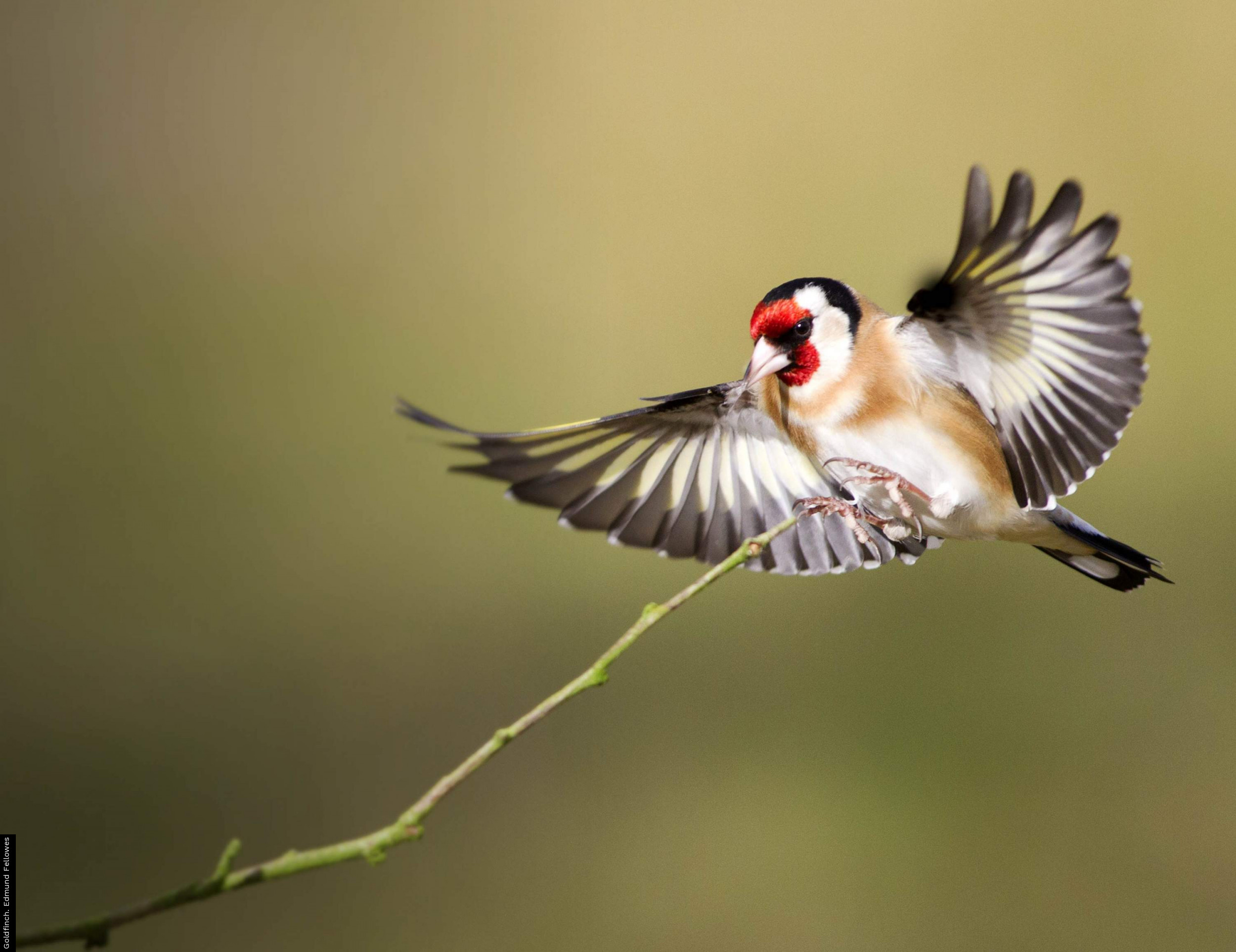
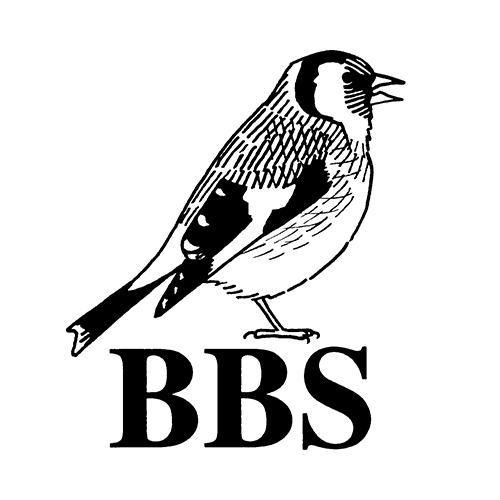


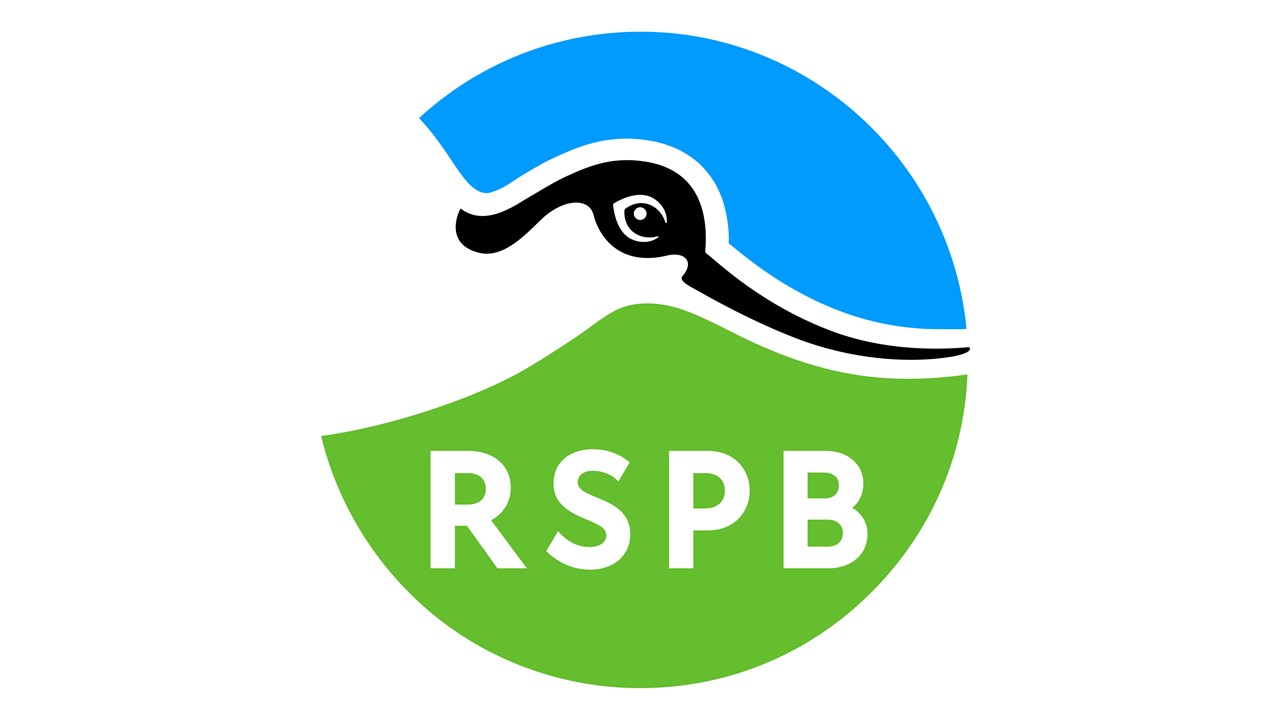
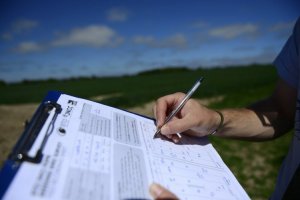
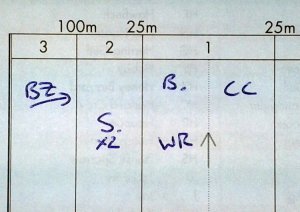
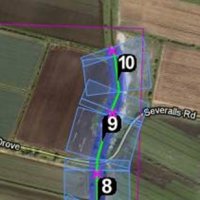




Share this page